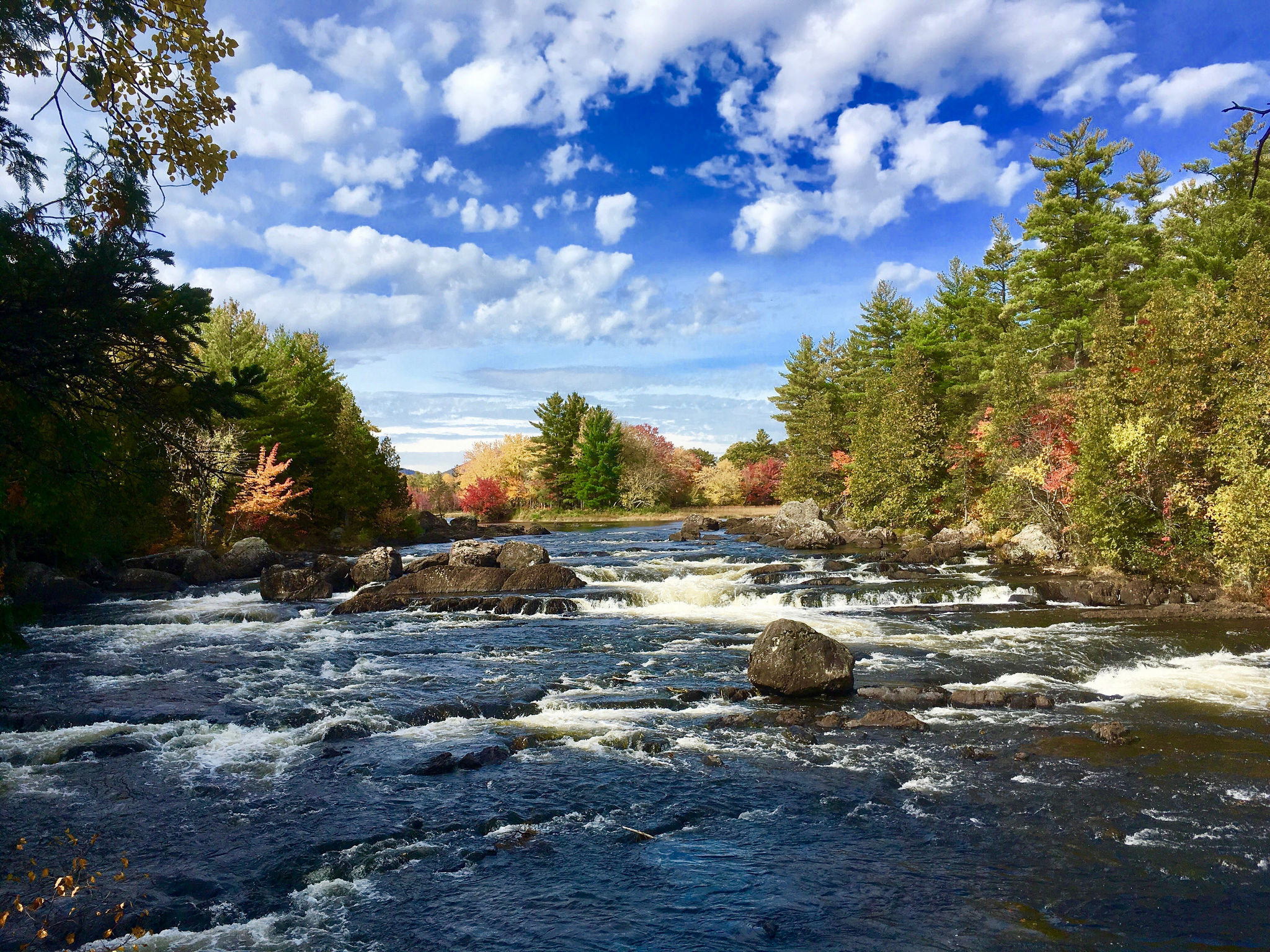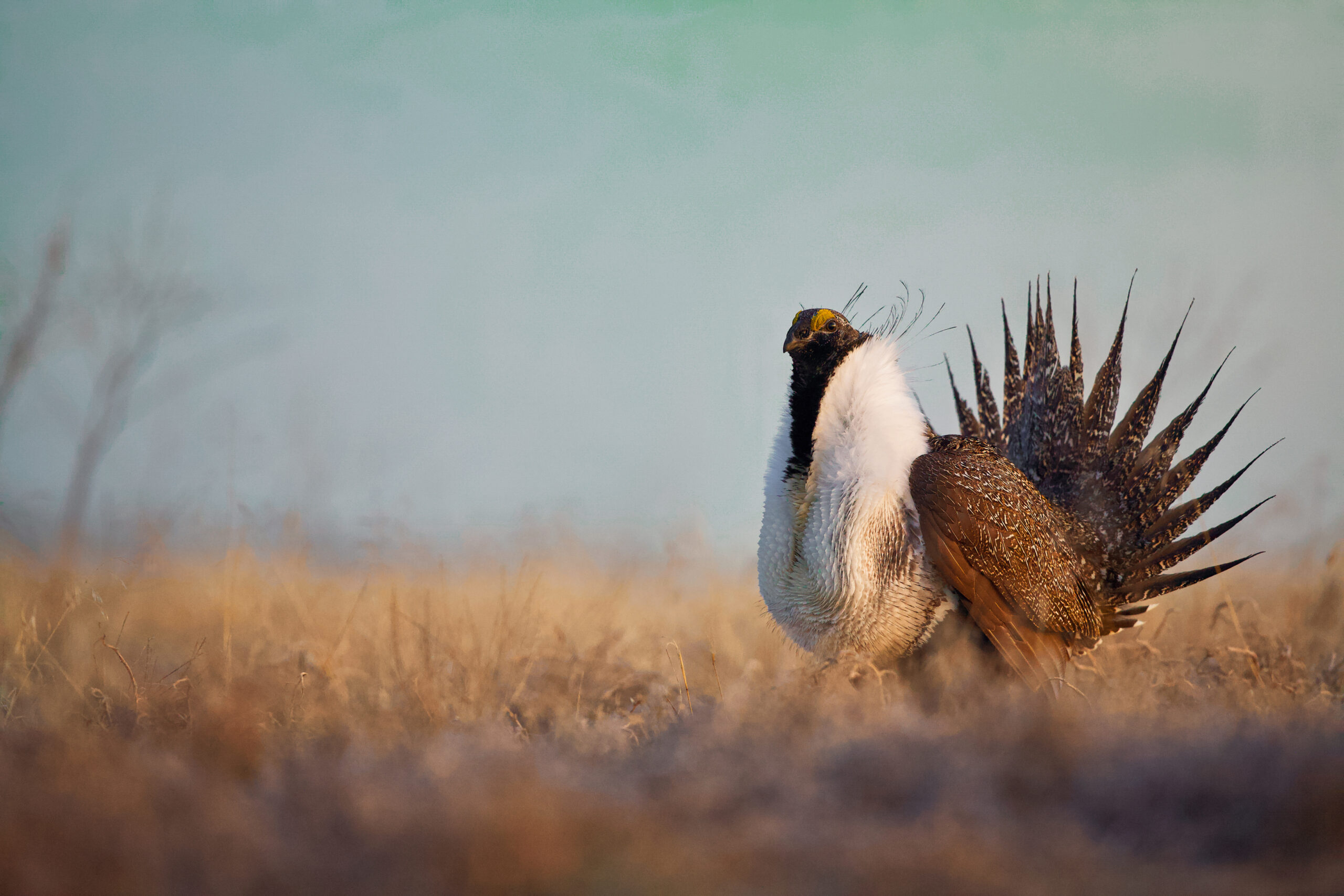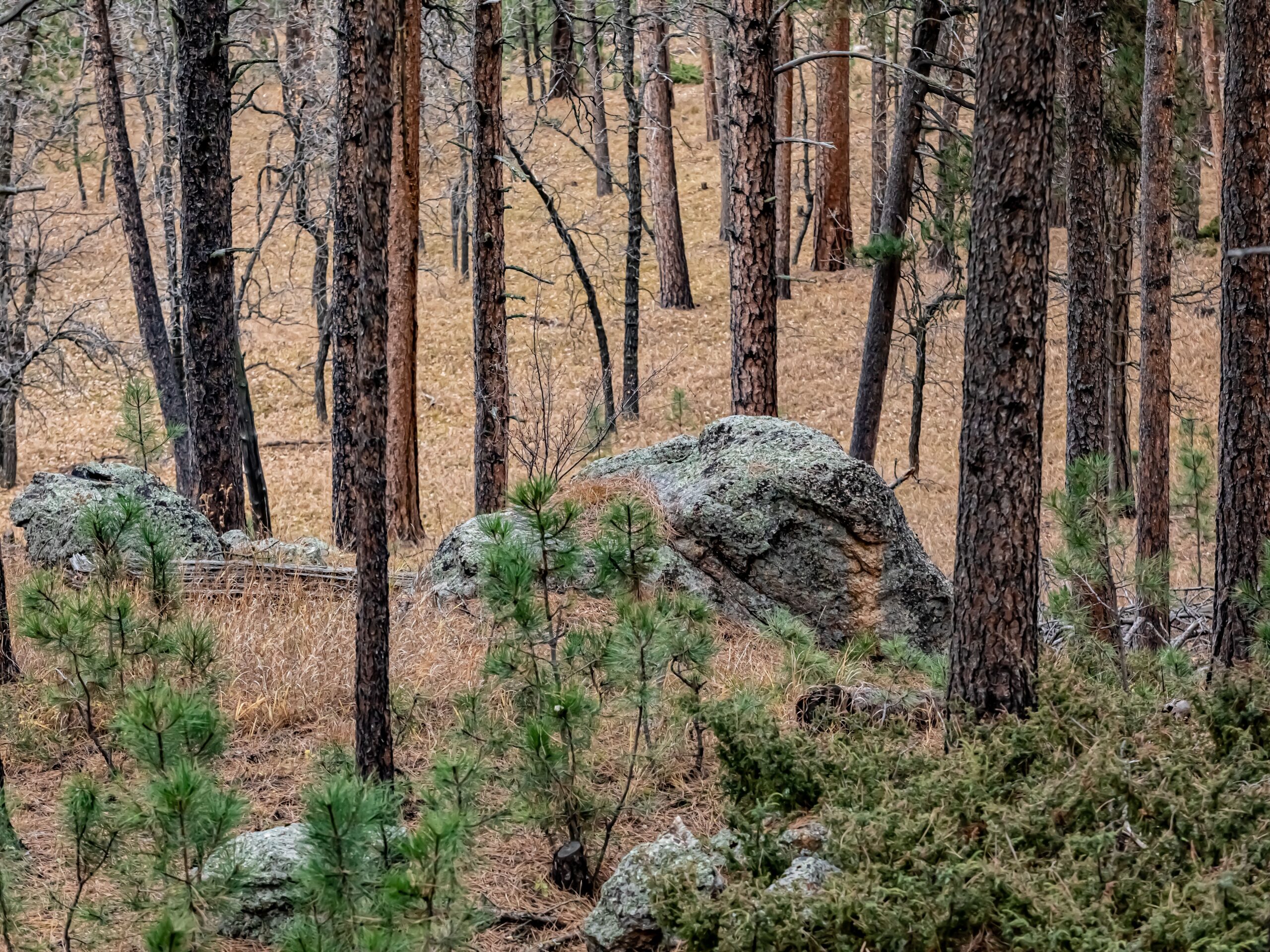After years of lobbying and tens of millions of dollars in timber-land purchases, Roxanne Quimby and her family may be getting closer to establishing a national park in northern Maine.
Last month, Interior Secretary Ryan Zinke traveled along rugged roads and paddled down stretches of the Penobscot River with Quimby’s son, Lucas St. Clair, during a visit to Katahdin Woods and Waters National Monument. “You talk to all sides and you find that everyone loves the land,” Zinke said while touring the area. “Everyone wants access, everyone loves traditional use. … I am confident that there’s a path forward.”
That path is for the secretary to “put pressure on Congress to pass legislation to turn it into a national park,” as St. Clair told National Parks Traveler. But given the deep-seated discord that President Barack Obama stoked when he unilaterally established the monument last August, perhaps a more creative framework could be used to protect Katahdin Woods and Waters without a full-fledged federal takeover — and in a way that avoids more acrimony.
If Zinke thinks the area warrants national park status, he should insist that it be done with a stipulation: St. Clair and his family’s nonprofit agree to run it as a park franchise — and with no appropriations from taxpayer coffers.
Under a park franchise, a private partner would maintain ownership of park land but be required to manage the unit according to broad parameters set by the National Park Service. Franchises would have to remain open to the public, for instance, and promote the historical, cultural and environmental values consistent with the agency’s goals. By receiving license to use the national brand, a site could attract more tourists, conservationists, and researchers, and possibly bring additional revenues and activities to local economies.
A franchise model should require financial self-sufficiency — granting the license to a private partner would come with the condition of no congressional appropriations for the site, for maintenance or otherwise. Revenues could come from fees charged for entry, campground use, and other recreational amenities, or from philanthropic donations. Continued ownership by a franchisee might help ease fears that often accompany federal involvement in land-use decisions, and provisions could be tailored to suit local conditions and traditions — such as leaving nearly half of the Katahdin acreage open to snowmobiling, hunting, fishing, and other long-standing uses, or ensuring logging roads remain open.
The wider payoff is that adding new parks as franchises would prevent further increases in the park service’s deferred maintenance backlog. Zinke has repeatedly said that dealing with the backlog, which now exceeds $11 billion, is a priority for his department. Adding more parks to the system only makes the problem worse. Over the past decade, 26 national park units have been created, while the maintenance backlog grew by more than $2 billion. A franchised park wouldn’t saddle taxpayers with additional costs because a private operator would pay to run and maintain it.
When it comes to Katahdin Woods and Waters, even though the land has already been donated to the government, you could envision a structure that nominally leases rights back to the Quimby family to run the site as a national park. The family already has a nonprofit organization dedicated to the cause, which would make a natural fit to hold the franchise. And the land gift included a $20 million endowment for the park unit, plus a pledge for more fundraising.
The idea isn’t as farfetched as you might think. There are eight national park units jointly managed by the park service and private partners, usually nonprofit groups. One is the Tallgrass Prairie National Preserve in the Flint Hills of Kansas, a two-decade-old unit that’s 99-percent owned by the Nature Conservancy. Locals skeptical of federal involvement initially fought the establishment of the site tooth and nail. But eventually, a nonprofit group worked with the park service and a cattle rancher to overcome the discord and come up with a joint-management model, including the stipulation that all the privately owned property remain on tax rolls. The 11,000-acre national park unit stands out as one of the last large tracts of prairie ecosystem in the country.
During his confirmation hearing, Zinke said he recognizes “that there is distrust, anger, and even hatred against some federal management policies.” If he wants an innovative, “made-in-Maine” solution that could foster collaboration instead of ill will, a national park franchise for Katahdin Woods and Waters just might fit the bill.
This article originally appeared in the Bangor Daily News on July 4, 2017.




